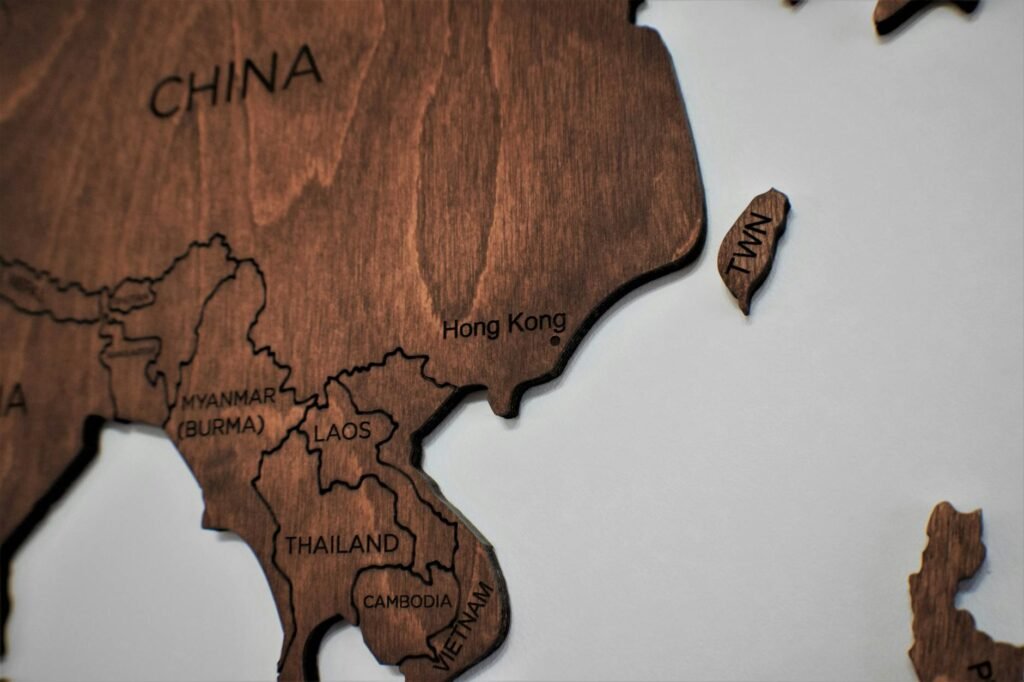The history between Thailand and Cambodia is complex, marked by periods of cooperation and conflict. One particularly significant and often overlooked chapter is the history of border disputes and skirmishes, some of which escalated into brief but intense armed clashes. While not a full-blown war in the traditional sense, these border conflicts significantly impacted the relationship between the two nations and shaped their geopolitical landscape.
Early Conflicts and Territorial Disputes
Tensions between Thailand and Cambodia over border territories have a long history, rooted in centuries of shifting power dynamics and vaguely defined boundaries.  These disputes often involved control of fertile agricultural land and strategic regions. Early conflicts were often localized and less organized, making it difficult to pinpoint specific dates or definitive causes. Understanding this history is crucial to understanding the later, more significant clashes.
These disputes often involved control of fertile agricultural land and strategic regions. Early conflicts were often localized and less organized, making it difficult to pinpoint specific dates or definitive causes. Understanding this history is crucial to understanding the later, more significant clashes.
The Preah Vihear Temple Dispute
The Preah Vihear Temple, a significant religious site located on the border, became a focal point of conflict. The International Court of Justice (ICJ) ruled on the temple’s ownership in 1962, awarding it to Cambodia, but this did not resolve the underlying territorial disputes. This decision, however, often led to renewed and heightened tension, as various interpretations of the ruling continued to fuel disagreements. Learn more about the ICJ ruling.
Border Clashes in the Late 20th Century
Throughout the late 20th century, several significant border clashes occurred. These incidents often involved armed skirmishes between military forces and sometimes resulted in casualties on both sides. The causes were complex and multifaceted, often involving territorial disputes, resource control, and political maneuvering.  These clashes often lacked the sustained intensity of a full-scale war but still contributed to ongoing regional instability. Read more about the impact of these clashes on regional stability.
These clashes often lacked the sustained intensity of a full-scale war but still contributed to ongoing regional instability. Read more about the impact of these clashes on regional stability.
The Role of External Influences
External powers sometimes played a role in exacerbating tensions between Thailand and Cambodia. During the Cold War, for example, both countries were influenced by larger geopolitical dynamics and competing alliances. This external involvement often added another layer of complexity to the already existing border disputes, making peaceful resolution more challenging. Understanding these external influences is crucial for a complete picture of the situation. [IMAGE_3_HERE]
Attempts at Peace and Reconciliation
Despite the history of conflict, there have been efforts to de-escalate tensions and find peaceful solutions to the border disputes. These efforts have often involved diplomatic negotiations, joint patrols, and attempts to build trust between the two countries. However, the path to lasting peace and reconciliation remains a challenge that requires continued commitment and cooperation from both sides. See the timeline of peace initiatives.
Conclusion
The history of border conflicts between Thailand and Cambodia highlights the challenges of resolving long-standing territorial disputes and the enduring impact of past conflicts on present-day relations. While these events didn’t constitute a full-scale war, the border skirmishes had significant implications for both countries. A deeper understanding of this history is crucial to fostering peaceful relations and promoting regional stability. Read more about current diplomatic efforts.
Frequently Asked Questions
What were the main causes of the border conflicts? Territorial disputes, resource control, and the legacy of past conflicts all played a significant role. External influences also added to the complexity of the situation.
Were there any major battles during these conflicts? While not full-scale wars, there were significant border clashes involving military forces and resulting in casualties on both sides. These incidents usually involved skirmishes rather than large-scale battles.
What is the current state of relations between Thailand and Cambodia? Current relations are complex but demonstrate a move towards better relations. There are ongoing efforts towards diplomatic resolution and peaceful cooperation. Learn more from the Thai government website.
How did these conflicts impact the civilian populations? Border clashes often displaced civilians, disrupted livelihoods, and caused significant humanitarian concerns in the affected areas.
What role did international organizations play? International organizations like the UN have played a role in mediating disputes and promoting peaceful resolution through various diplomatic channels.